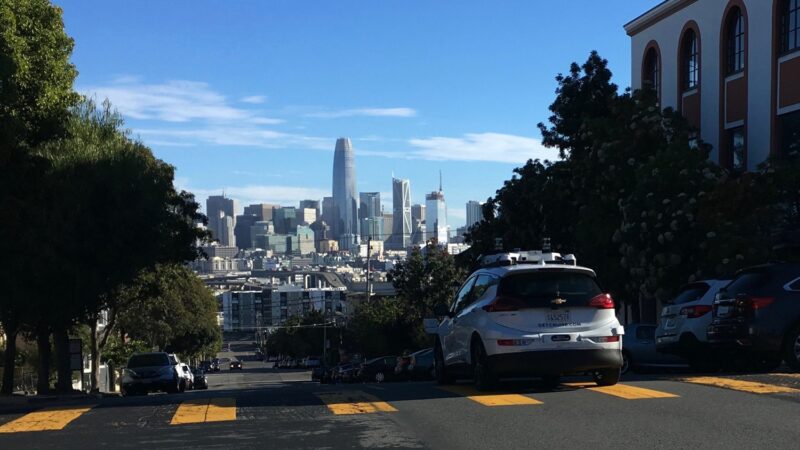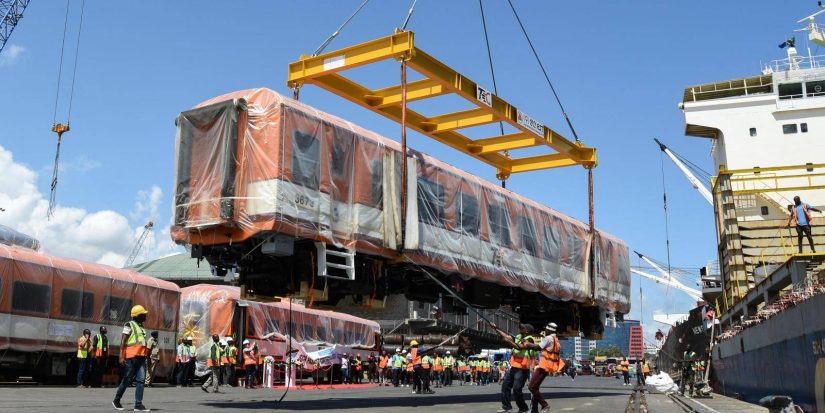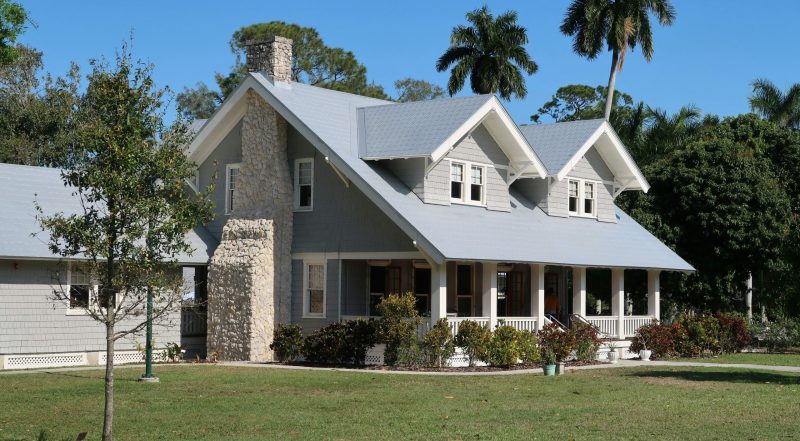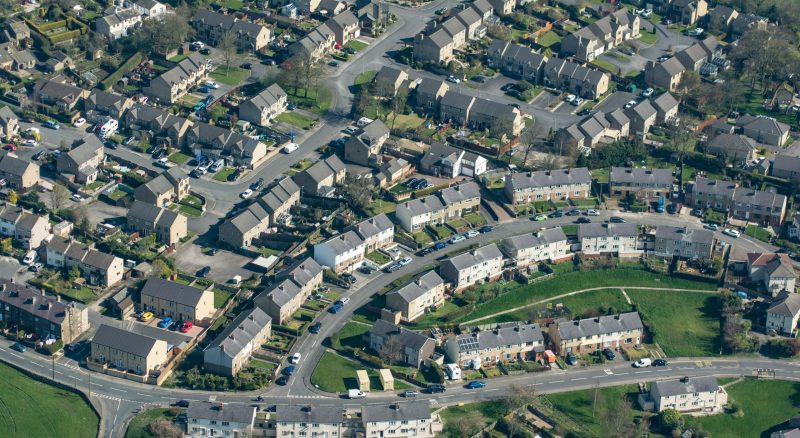Shortly after California granted approval for autonomous vehicle (AV) companies to expand their operations throughout San Francisco—a vote Strong Towns reported previously was delayed—one of the two principal AV companies was involved in a crash, landing its passenger in the hospital. The incident joins a litany of concerns surrounding AV performance and expansion.
This article was written by Asia Mielesko and originally published by Strong Towns.
According to the SF Standard, a Cruise AV failed to yield to a fire engine rushing to an emergency on the corner of Polk and Turk streets on August 17, barely a week after the state’s vote. It’s hardly the first incident of the sort. A few days before, on August 14, AVs allegedly blocked emergency vehicles from performing lifesaving medical assistance elsewhere in San Francisco. The person in need of attention did not survive their injuries.
“All a car has to do is stop somewhere and we’re screwed,” San Francisco Fire Department Chief Jeanine Nicholson told Forbes. “Seconds matter, when it comes to an emergency. A fire can double in size in a minute, or in a medical call, an extra minute literally means more of your heart will die.”
In response to the incident, Safe Street Rebel, a largely anonymous activist group fighting for “car-free spaces, transit equity, and the end of car dominance,” noted: “All cars are potential obstructions to emergency vehicles, but especially these glitchy robot cars that cannot listen to commands from first responders. This will not be the last time a situation like this happens.”
Since May 2022, the city’s fire department registered over 70 “disruptive episodes” wherein autonomous vehicles interfered with emergency vehicles. In one case, an autonomous Cruise vehicle “created an obstruction for a San Francisco Fire Department vehicle on its way to a 3-alarm fire,” and in another, The Verge reported the autonomous vehicle “ran over a fire hose that was in use at an active fire scene.” For weeks, the San Francisco Fire Department has been demanding that Cruise and Waymo be regulated far more stringently.
First responders haven’t been the only ones frustrated with driverless cars. A day after the California Public Utilities Commission (CPUC) gave Cruise and Waymo the greenlight to charge fares and operate 24/7 in a 3–1 vote, a dozen AVs came to a collective halt on a busy San Francisco street. In a statement, Cruise attributed the “complete meltdown” to connectivity issues stemming from a nearby music festival. Another AV drove into wet cement at an active construction site just a few days later. Earlier this year, a Waymo driverless car fatally struck a dog, and dozens of separate episodes—from traffic jams to close-calls—in recent months even culminated in a guerrilla protest.
Even though the most recent collision prompted the California Department of Motor Vehicles to reduce Cruise’s active fleet by half, from 400 to 200, San Francisco still hosts more AVs than any other city in the country, “making it ground zero for a nascent technology that’s been in development for years and is just now beginning to operate at scale.”
The city itself has been wrestling for control over what goes on its streets, alleging the CPUC “abused” its decision-making power when it gave AVs the green light. The city’s attorney filed a motion requesting the state stop the “immediate implementation of unlimited expansion of automated vehicles.” If denied, the city vowed to look into other ways of challenging the expansion of AVs on its streets.
Despite their flimsy reputation, AV spokespeople like Cruise’s Drew Pusateri insist driverless cars “positively impact overall road safety” in contrast to injuries and fatalities caused by human drivers. For the companies and their supporters, the ratio of incidents to trips taken is comparably negligible.
However, for many of their detractors, that point is moot. Concentrating on autonomous vehicle technologies is not only a costly way to invent new risks—as observed in San Francisco—but it fundamentally misses the opportunity to orient our cities away from car dependency.
As a recent piece in Transportation For America concluded: “[AVs] will not free people from increasingly long trips to reach their essential destinations. [They] will not relieve people of the financial burden of car ownership. And [they] will not change the dangerous design of our roadways, which encourages high vehicle speeds at the cost of pedestrian safety.”





